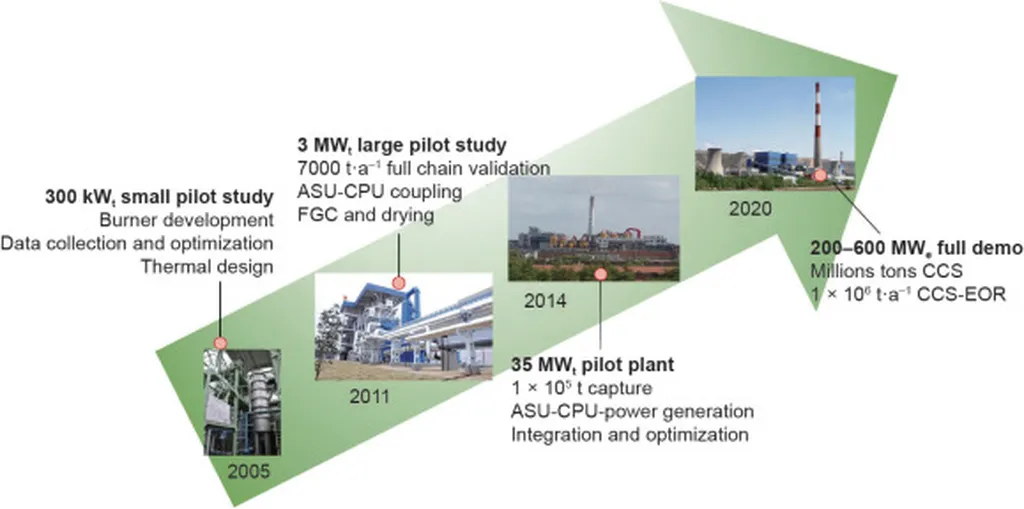In a significant stride towards enhancing the efficiency and cleanliness of coal utilization, researchers have successfully developed and tested large-section C700R-1 nickel-based alloy forgings for advanced ultra-supercritical (AUSC) steam turbine rotors. This breakthrough, led by BAI Yaguan from Tianjin Heavy Industries Research & Development Co., Ltd., marks a pivotal moment in the energy sector, promising substantial improvements in power generation technology.
The study, published in ‘Cailiao gongcheng’ (translated to ‘Materials Engineering’), details the innovative use of a closed upsetting and extrusion method to achieve high-homogeneity forgings with a diameter of up to 850 mm. This method ensures that the grain size of the forgings ranges from grade 4 to grade 7 as-forged, and approximately grade 3 after heat treatment. “The uniformity and fine γ’ phases precipitated during the aging process are crucial for the superior mechanical properties observed,” explains BAI Yaguan.
The mechanical properties of these forgings are impressive. At room temperature, the tensile strength reaches 950 MPa, and the yield strength is 600 MPa. Even at elevated temperatures of 700°C, the tensile strength remains at 750 MPa, with a yield strength of 500 MPa. The plasticity is also noteworthy, exceeding 25% at both room temperature and 700°C. Perhaps most importantly, the creep life under the condition of 700°C and 300 MPa exceeds 7000 hours, a critical factor for the longevity and reliability of turbine components.
The implications for the energy sector are profound. Advanced ultra-supercritical steam turbines operate at higher temperatures and pressures than conventional turbines, significantly improving thermal efficiency and reducing emissions. The development of these high-performance nickel-based alloy forgings is a key enabler for the widespread adoption of AUSC technology. “This research provides critical data for the subsequent manufacturing of full-size nickel-based alloy rotor forgings,” states BAI Yaguan, highlighting the practical applications of their findings.
The successful development and testing of these forgings represent a significant step forward in the quest for cleaner and more efficient energy solutions. As the global push for reduced carbon emissions intensifies, innovations like these are essential for the future of power generation. The research not only advances the technical capabilities within the field but also paves the way for more sustainable and efficient energy production, ultimately benefiting both industry and the environment.

